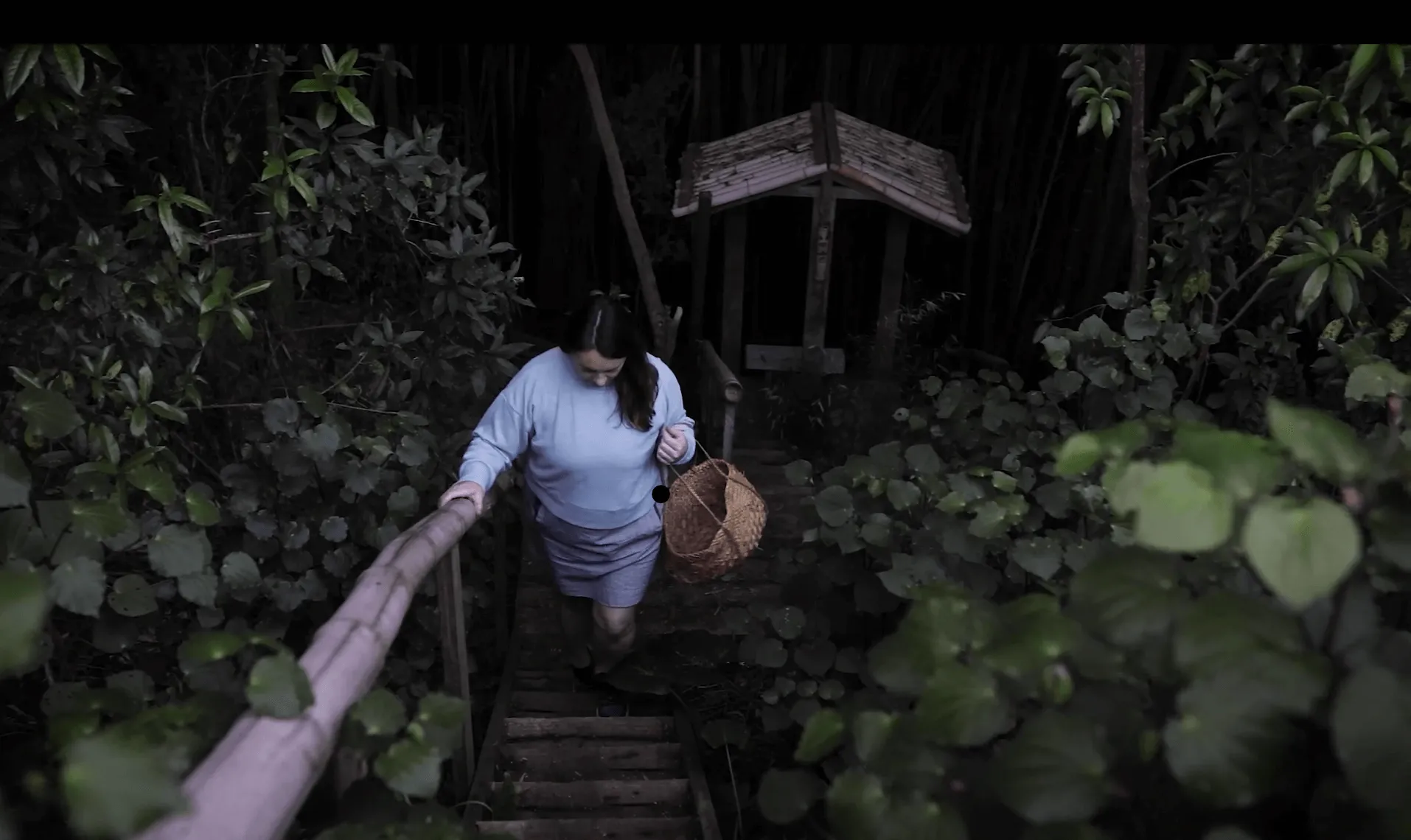
Alan MacDiarmid
Alan MacDiarmid’s ground-breaking work in the field of conductive polymers has had a profound impact on the electronics industry and wider society. His research, for which he was awarded a Nobel Prize in Chemistry, has led to the development of a new class of materials with unique properties that are ubiquitous today in many modern technologies.

“Science is people.”
Alan was born in Masterton in 1927, the youngest of five children. His interest in chemistry was ignited at a young age when he found one of his father’s old chemistry textbooks from the late 1800s. While he spent hours poring over them, the outdated science caused him some confusion until he borrowed more up-to-date chemistry books from the library. He recalled years later the influence one particular book, The Boy Chemist, had on him:
“I took it out and continually renewed it by borrowing it for over a year and carried out most of the experiments in it.”
Notably, he made a range of fireworks and other small explosives from the book, putting on a show for his family and neighbours during World War II when Guy Fawkes celebrations were prohibited.
After studying chemistry at Victoria University in Wellington, Alan was awarded a Fulbright scholarship to the United States, which enabled him to complete the first of his two doctorates at the University of Wisconsin. He received another scholarship from Shell New Zealand, which enabled him to undertake a second PhD studying silicon hydrides at Cambridge University in the United Kingdom.
Alan joined the University of Pennsylvania in 1955, where he lived and worked for 45 years. It was there that he was asked by physicist Alan Heeger to help make the sulphur nitride conducting polymer (SN)x due to his previous work with its precursor, tetrasulfur tetranitride. Around the same time, he was invited to give a research lecture at Tokyo Institute of Technology, where he met Japanese chemist Hideki Shirakawa. He showed Alan a sample of a silvery film of polyacetylene that had been produced by accident when a PhD student added a catalyst that was 1000 times more concentrated than was intended.
Alan invited Hideki to work alongside him at the University of Pennsylvania to further develop the conducting polymer. Together, they developed a doping method to increase the polyacetylene conductivity by many millions of times, with further refinement done in collaboration with Alan Heeger, who was experienced in conducting materials. This made the polymer almost as conductive as metallic copper. This new and unexpected development resulted in the creation of conductive polymers that, unlike traditional metals, were lightweight and flexible. It launched the conducting plastics revolution more than two decades before the daily household products that would use it were created.
In 2000, Alan, Hideki and Alan Heeger were awarded the Nobel Prize in chemistry for the discovery and development of conductive polymers. Alan described the award as a wonderful recognition of the importance of interdisciplinary research, as it was the collaborative efforts of chemists, physicists, electrochemists, and electronic engineers working together that led to finding the solution to the problem they were trying to solve.
“I think we all believe that this inter-disciplinary collaboration is going to become more and more important in the future years,” he said. “Where, ideally, I think one will not know, in a given research group, whether a person’s a chemist or a physicist or an electronic engineer or a biologist. One is a scientist.”
The trio’s research in conductive polymers triggered a flurry of work in the field, ultimately leading to the development of many new technologies that leverage their unique properties. Conductive polymers are now used in applications as wide-ranging as TV and mobile phone displays, solar cells, rechargeable batteries, sensors, medical implants and flexible electronic circuitry. These are just a few of the technologies that his research influenced, and there will undoubtedly be many more to come.
Although he lived in the United States, Alan remained deeply connected to New Zealand, frequently returning to the country to visit and forge strong relationships with science researchers. He maintained a passion throughout his entire career for teaching and encouraging young scientists to fulfil their potential.
“I am still legally a New Zealand citizen and have had, and still do have, continuing ties with New Zealand and my brothers and sister and many relatives who live in New Zealand,” he said.
Alan was awarded Aotearoa New Zealand’s highest honour in 2001 when he was made a Member of the Order of New Zealand, given to only 20 living members at any time, for his contribution to chemistry and the New Zealand science community. He was also awarded the Rutherford Medal of the Royal Society of New Zealand, the country’s premier science and technology award.
When New Zealand’s premier research organisation in materials science and nanotechnology, The MacDiarmid Institute for Advanced Materials and Nanotechnology, was formed in 2002, Alan became a mentor and was a regular visitor. He firmly believed that science was one of the greatest human endeavours and could only be achieved through partnerships with people. One of his favourite sayings was ‘Science is people’.
Fittingly, the MacDiarmid Institute combines the expertise of New Zealand’s top science organisations. This includes five universities – the University of Auckland, Massey University, Victoria University of Wellington, the University of Canterbury and the University of Otago – as well as government innovation agency Callaghan Innovation and GNS Science, the country’s leading provider of Earth, geoscience and isotype research.
The Institute continues Alan’s work and vision of creating advanced materials to solve real-world problems, improve the wellbeing of society, and inspire the next generation of scientists.
Alan passed away in 2007, at the age of 79, after a fall at home in Philadelphia. He’d been preparing to fly to New Zealand that night to attend a conference in Wellington.
Explore the Legacy Project
.jpg)
Explore the Legacy Project
.jpg)
Explore the Legacy Project
.jpg)


.jpg)


